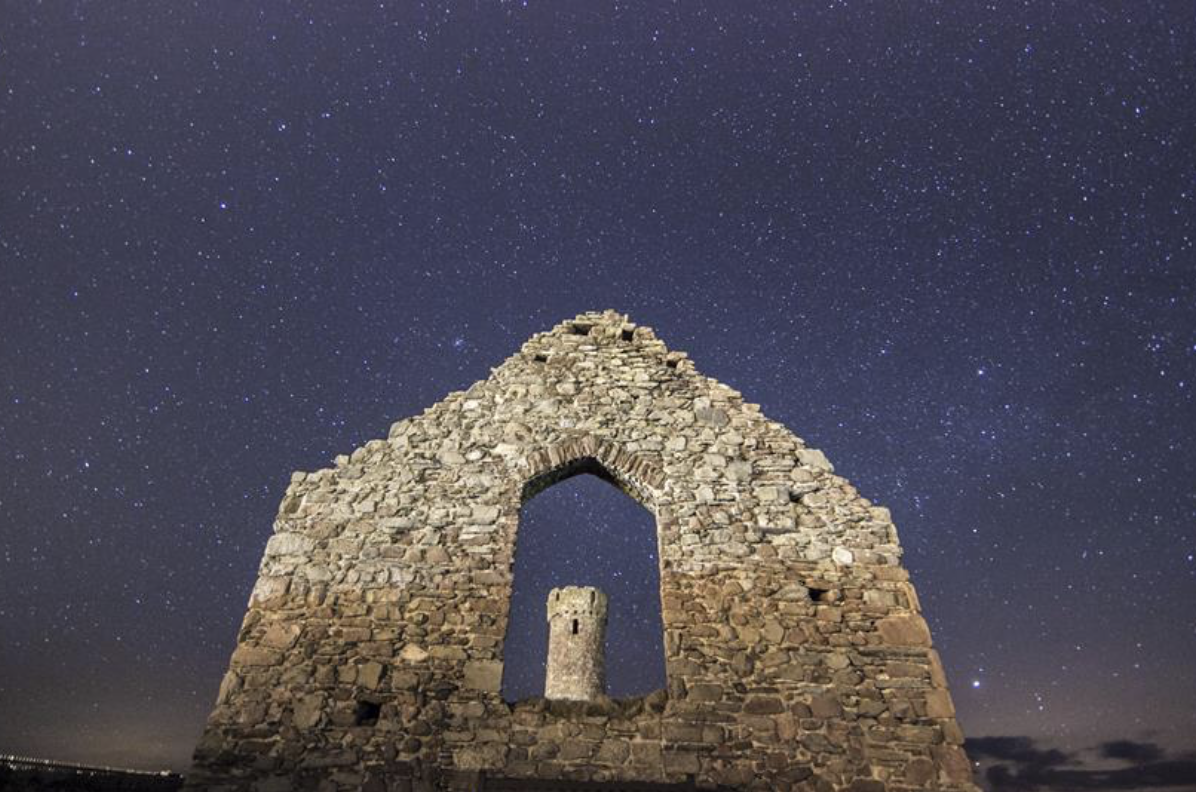Peel Beach is situated on the Island’s west coast. It has a golden, gently sloping, sandy beach set in a beautiful bay, bounded by Peel Castle and the Peel Harbour on one side and red sandstone cliffs on the other.
Peel Beach is popular with both visitors and locals alike and has lots of facilities in the vicinity including easy parking, ice cream parlours and cafe’s. Treats to try on Peel promenade include its famous crab sandwiches and locally produced ice cream.
The view to the south of Peel Beach is of the magnificent, medieval Peel Castle situated on St Patrick’s Isle. In the foreground you will see the Peel’s Breakwater where the River Neb flows into the sea. The breakwaters are popular for fishing spots especially for mackerel. You can regularly see seals here. Peel is the Island’s main fishing port with boats regularly leaving and entering the harbour. A hidden gem tucked away next to the castle is the beautiful Fenella Beach, one of the Island’s most photographed beauty spots.
It is not without reason that Peel is known as the “Sunset City”. This west facing beach is blessed with stunning, unforgettable sunsets and views over the Mountains of Mourne in the distance.
Fishing:
There is a good variety of angling opportunities around Peel Bay. If fishing from the beach itself, concentrate on the northern part.There is good fishing and easy access from the rocks that surround the Castle. Locals also often fish from the end of the harbour wall. Typical species caught from the rocks and harbour wall include pollack, ballan wrasse, coalfish, cuckoo wrasse, grey mullet, mackerel and conger eel. From the beaches further to the north of Peel there is also excellent fishing for Bass and Tope.
The best fishing tends to be on the incoming tide three hours before high water, and a couple of hours after. Let someone know where you are intending to fish before you go, and when fishing rock marks, be aware of the state of the tide and keep an eye on rising water to avoid being cut off from the shore.









